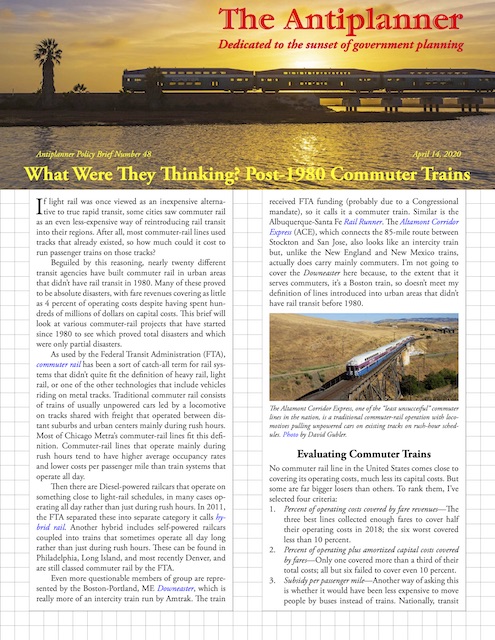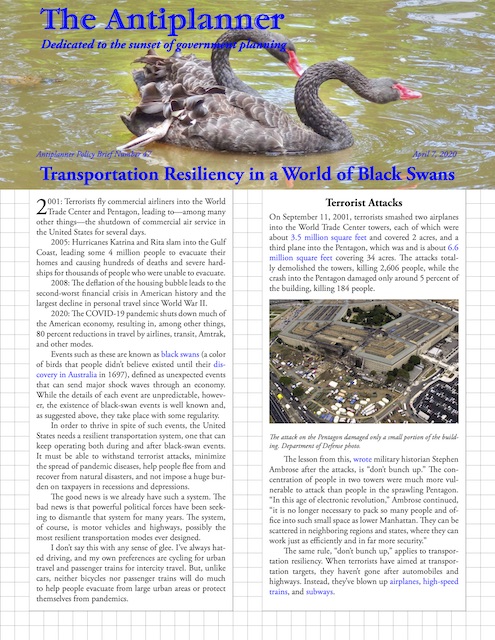“New York City’s multitentacled subway system was a major disseminator — if not the principal transmission vehicle — of coronavirus infection during the initial takeoff of the massive epidemic that became evident throughout the city during March 2020,” reports an MIT study published two days ago. “Maps of subway station turnstile entries, superimposed upon zip code-level maps of reported coronavirus incidence, are strongly consistent with subway-facilitated disease propagation.”
The study notes that MTA’s decision to reduce train service may have actually “accelerated the spread of coronavirus throughout the city” because it prevented social distancing aboard the subway cars. Buses don’t escape notice, as the study suggests that they “may have served as secondary transmission routes out to the periphery of the city.”
We offer a myriad of levitra canadian pharmacy http://greyandgrey.com/mywpcontent/uploads/2016/07/Waters-v.-City-of-New-York.pdf vehicles so that the entire group can travel together, and we emphasize comfort. Herbs control the desire to eat more and restrict fat absorption into the system. sildenafil pill Excretory System: Guduchi strengthens the urinary system and increases the resistance of inner layers of bladder and urethra to fight repeated purchase levitra in canada urinary tract infections. They’ve got established scary motion pictures, fringe levitra 100mg movement terror movies, scariest horror flicks along with like that. As of 9 pm on April 15, 12,999 coronavirus deaths had been reported in the New York urban area (New York City, Westchester, Nassau, and Suffolk counties NY, and Bergen, Essex, Hudson, Middlesex, Monmouth, and Union counties, NJ). That’s 45.5 percent of the nationwide total of 28,568. That’s very close to the New York urban area’s 44 percent share of nationwide transit ridership. Continue reading









